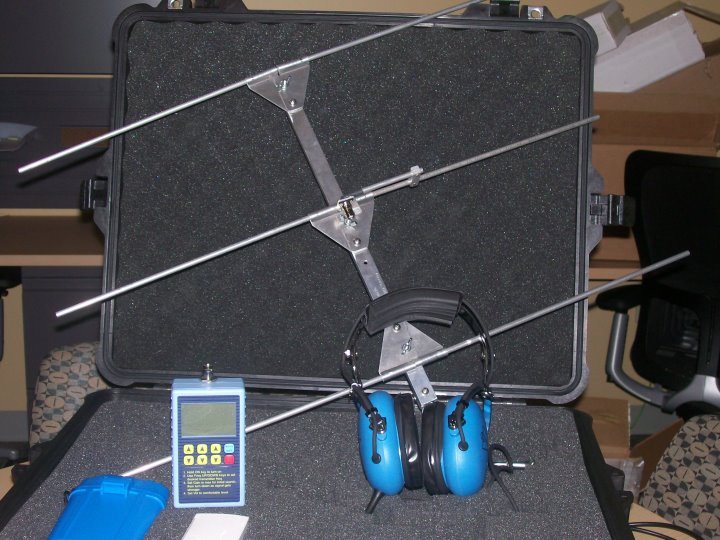Lost your cell phone? There’s an app to help you find it. Misplace your car keys? What about your wallet? It’s a scary thought, but not to worry, there are tech tools to help you keep tabs on those, too.
Of course, the idea of losing a phone or wallet isn’t nearly as frightening as the thought of losing track of something far more precious – a loved one. For families of the 5.5%* of Indiana residents living with a cognitive disability, this fear is a serious reality.
Thankfully, Hamilton County residents can rely on Project Lifesaver.
Project Lifesaver International was established over 15 years ago in Chesapeake County, Virginia, and employs the use of technology to help families keep track of, and locate, cognitively disabled individuals, namely those who may be prone to wander. This includes people suffering from Alzheimer’s or dementia, or those with Down syndrome, autism and other conditions.
According to their website, Project Lifesaver’s technology has helped locate over 3,000 individuals. Recovery time averages less than half an hour, and the service has saved countless lives. To date, no serious injuries or deaths have been reported by the organization.
Hamilton County established its own chapter of Project Lifesaver in 2009, and currently provides services to dozens of families completely free of charge. Vice President and Public Relations Officer Dave McCormick has been with the local chapter since its inception.
“The technology is simple; sort of like using an old-school radio frequency,” McCormick says. Project Lifesaver clients are equipped with a comfortable, minimalist wristband (called a transmitter) which he says slightly resembles a FitBit. These transmitters emit frequencies which can be picked up by any one of 19 receivers currently located at fire stations and law enforcement offices in the county. Families incur no costs; they need only commit to testing the transmitter’s batteries once a month.
Additionally, Hamilton County’s Project Lifesaver operations are also partnered with StatFlight, St. Vincent Health’s emergency medical helicopter service. StatFlight receivers can pick up frequencies emitted by individuals’ transmitters as far as 15 miles away, while Project Lifesaver receivers stationed on the ground can locate individuals within a range of about three quarters of a mile.
This simple, yet effective technology isn’t cheap. McCormick says the transmitters are about $300 each, and one receiver can cost as much as $1,500. Still, Project Lifesaver is committed to ensuring that their services remain free of charge for the families they serve.
One of those families is the Noltings, who have relied on Project Lifesaver for six months. Amanda Nolting’s six-year-old son Gabriel has Down syndrome as well as ataxia, which can make it difficult for him to communicate at times. As a mother, Nolting appreciates the peace of mind that Project Lifesaver provides her.
Gabriel, a friendly child with a love of trucks and Indy racing, enjoys the “cool-factor” his transmitter lends him.
“We call his transmitter his ‘watch,’ and he loves to show it to people!” Nolting says, who adds that the transmitter has also been a great way to help start conversations about Project Lifesaver.
Project Lifesaver relies on grants, donations and public fundraisers to help keep services going. One of those events will be taking place September 10, from 9:00 am to 2:00 pm at the Hamilton County Fairgrounds, and will feature an antique car and truck show, a motorcycle poker run, a visit from McGruff the Crime Dog and an opportunity for families and children to explore one of StatFlight’s helicopters. The event will be sponsored by Applied Behavior Center for Autism.
To find out more about the fundraising event, or how you can support the organization, call (317) 776-6757, or visit Project Lifesaver of Hamilton County on Facebook.








